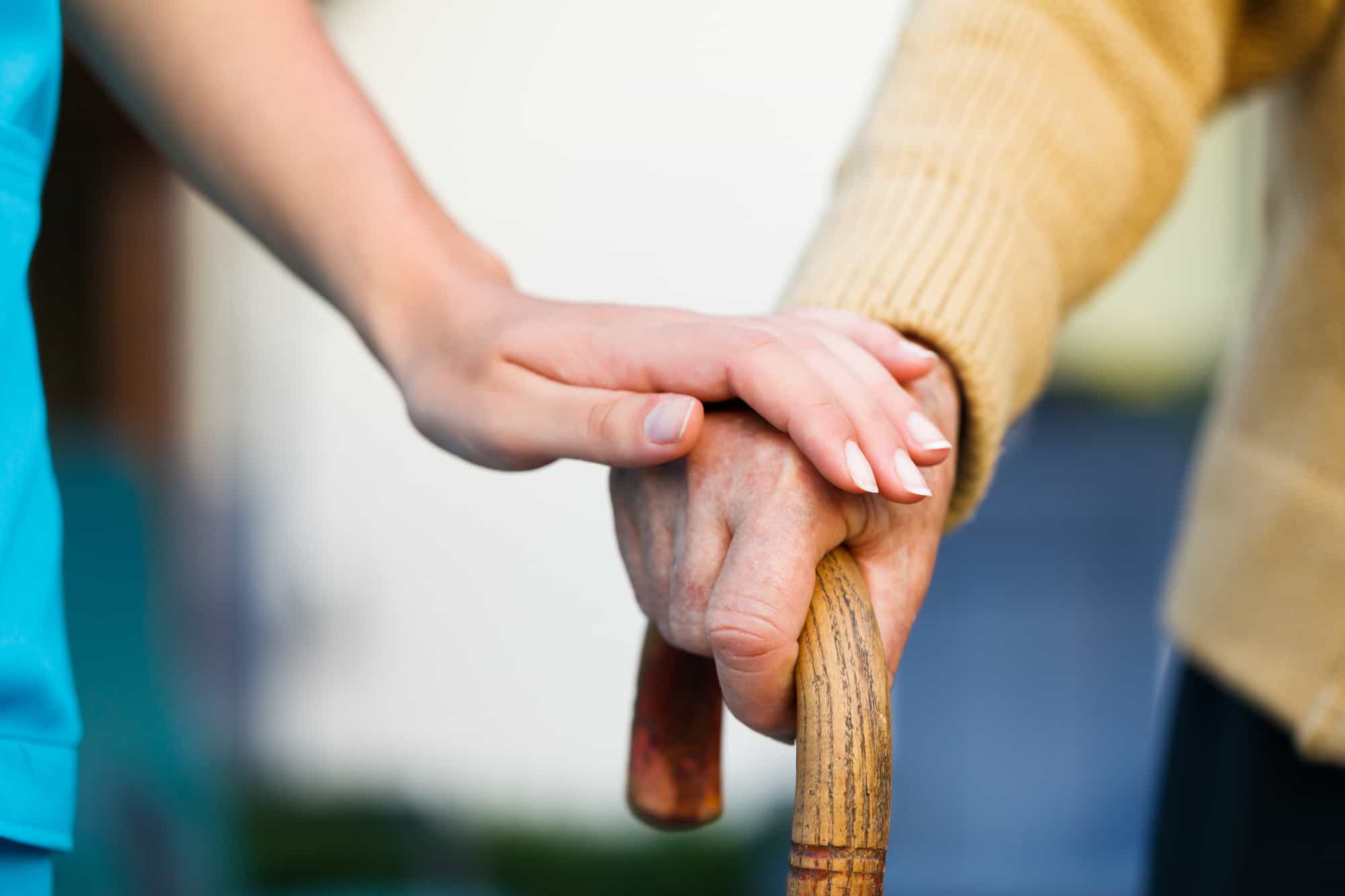
Falls in the Nursing Home
Attended Falls in the Nursing Home According to the Centers for Disease Control (CDC), older adults are more at risk of falls in the nursing home or hospital setting than any other age group. In…
Attended Falls in the Nursing Home
According to the Centers for Disease Control (CDC), older adults are more at risk of falls in the nursing home or hospital setting than any other age group. In fact, in 2010, 43 out of every 1,000 individuals over the age of 75 had to seek medical care because of falling. Falls are among the leading cause of fatal and non-fatal injuries in the elderly. Additionally, according to the CDC, 2.5 million non-fatal falls among older adults were treated in ERs in 2013, and more than 734,000 of those patients were actually hospitalized.
Residents in nursing homes have staff members who are required to monitor them to ensure their safety and to help prevent slips and falls. However, up to 25% of nursing home residents fall on an annual basis, and in some instances, these falls happen while the resident is being closely monitored by a caregiver.
Reasons for Attended Falls in the Nursing Home
In many instances, residents fall in the nursing home when staff members are being negligent by failing to properly watch them. However, on other occasions, residents will fall right before the eyes of staff members. The most common reasons for attended falls consist of:
- Nursing Home Hazards: Improper lighting, wet and slippery floors, debris in walking areas, and broken equipment can all result in falls even when the resident is being properly monitored
- Being transferred into and out of bed improperly
- Staff that have not been trained on how to properly operate safety equipment and/or fail to use the correct equipment
- Forgetting to lock wheelchair wheels
- Over-medicating: Often residents who are given too much medication, such as sedatives, are prone to frequent falls
- Broken safety equipment
- Unsafe stairways and walkways
How to Prevent Attended Falls in Nursing Homes
Nursing homes are required by law to maintain safe and operable equipment at all times, including safety equipment such as bed rails, bed alarms, and wheelchairs. Nursing homes that keep their equipment up-to-date have been shown to have less overall slips and falls.
Furthermore, staff members are required to be trained and understand how to operate equipment in the facility. For example, a staff member should always know how to properly set bed rails to ensure a resident doesn’t fall from a bed.
Nursing home residents should always have a debris-free and safe area to walk in with proper lighting. Simple steps such as ensuring the floors are dry and free of objects will help prevent falls in the nursing home setting.
Any nursing home that is found to have broken or malfunctioning equipment and unsafe walkways may be liable for any damages incurred should a resident fall. In addition, any staff member that causes a fall because of the improper use of safety equipment may yield liability for the nursing home as well. It is important to remember, however, that each case is different and several different factors will need to be investigated. A knowledgeable nursing home abuse attorney has the experience needed in order to determine liability.
Hiring an Attorney for a Fall in the Nursing Home
If you or a loved one has been victim to nursing home abuse and been injured after an attended fall, an experienced nursing home abuse attorney may be able to assist you. At MedMalFirm.com, our leading team of nursing home abuse attorneys have helped numerous victims win their cases and receive financial compensation for their sufferings. Give us a call today for a free consultation regarding your potential fall in a nursing home claim. Please fill out our online submission form or call us toll free at 877-887-4850.
